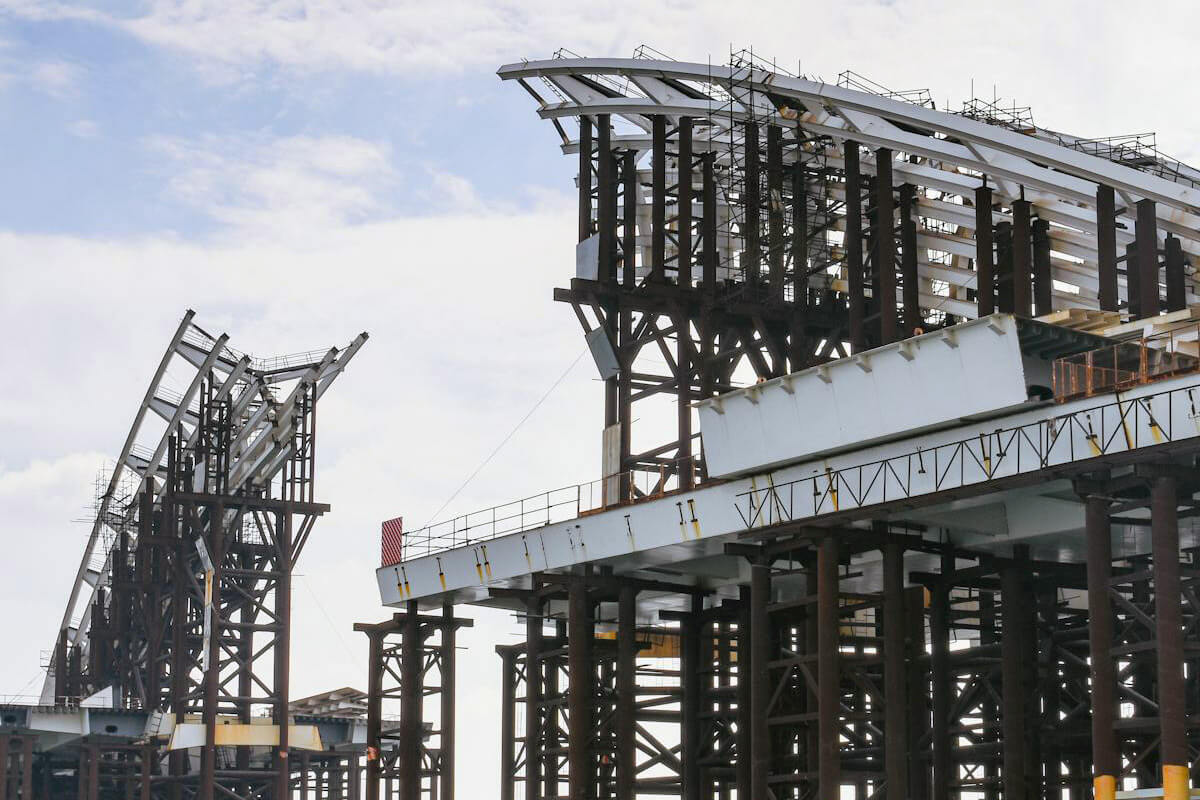 Steel’s durability and versatility have turned it into a popular material in construction and engineering, and it has found its way into projects of all types, ranging from large-scale, multimillion-dollar commercial projects to small residential DIY projects. Regardless of the size of the project you’re working on, however, ensuring that you account for thermal expansion when working with steel is essential for ensuring that your steel structure does not experience unnecessary material stress or even structural failure in extreme cases. In this post, we take a closer look at what exactly thermal expansion is and why it matters in steel structures.
Steel’s durability and versatility have turned it into a popular material in construction and engineering, and it has found its way into projects of all types, ranging from large-scale, multimillion-dollar commercial projects to small residential DIY projects. Regardless of the size of the project you’re working on, however, ensuring that you account for thermal expansion when working with steel is essential for ensuring that your steel structure does not experience unnecessary material stress or even structural failure in extreme cases. In this post, we take a closer look at what exactly thermal expansion is and why it matters in steel structures.
What is Thermal Expansion?
Thermal expansion is something that occurs not just in steel but in all materials. Simply put, it is the scientific principle that materials will expand at higher temperatures and contract at lower temperatures. This is because higher temperatures give the particles in the material greater energy, causing them to move and vibrate more vigorously and to expand as a result. For steel in particular, this effect is relatively moderate compared to some other materials but can still have significant consequences, especially in larger structures or in environments with significant temperature fluctuations.
Consequences of Ignoring Thermal Expansion
Ignoring the effects of thermal expansion when designing and building steel structures or buildings is inadvisable because of the potential consequences that this can have, including:
Structural Damage
Failing to account for thermal expansion can lead to structural damage in the form of cracked joints and deformed beams. This can happen when a steel section does not have enough space to expand when exposed to high temperatures or repeated temperature fluctuations. Without proper allowances, such as expansion joints or flexible connections, internal stresses in the expanding steel can push against adjacent structures, leading to buckling or warping.
Fatigue and Material Stress
Repeated cycles of expansion and contraction can also lead to material stress and metal fatigue. Over time, the thermal changes can cause structural changes to the steel section on a microscopic level, affecting its internal strength and load-bearing capacity. This can cause the steel to become more susceptible to cracking, warping or even outright failure in more extreme circumstances, even if the immediate effects might not be obvious and there may not be visible deterioration. This can lead to increased long-term maintenance and repair costs as well as a shorter lifespan for the affected steel structure.
The Importance of Using High Quality Steel
Beyond ensuring that you account for the effects of thermal expansion, it is also essential for you to use high-quality steel in any building or construction project to maximise the lifespan of your structure and ensure that the steel is able to withstand repeated cycles of expansion and contraction. RW Steel is the number one supplier of high-quality steel in Melbourne, and we have an extensive catalogue of steel sections for you to choose from, ranging from steel retaining wall posts to 100PFC parallel flange channels. Contact us today to find out more about how we can help with your steel needs!